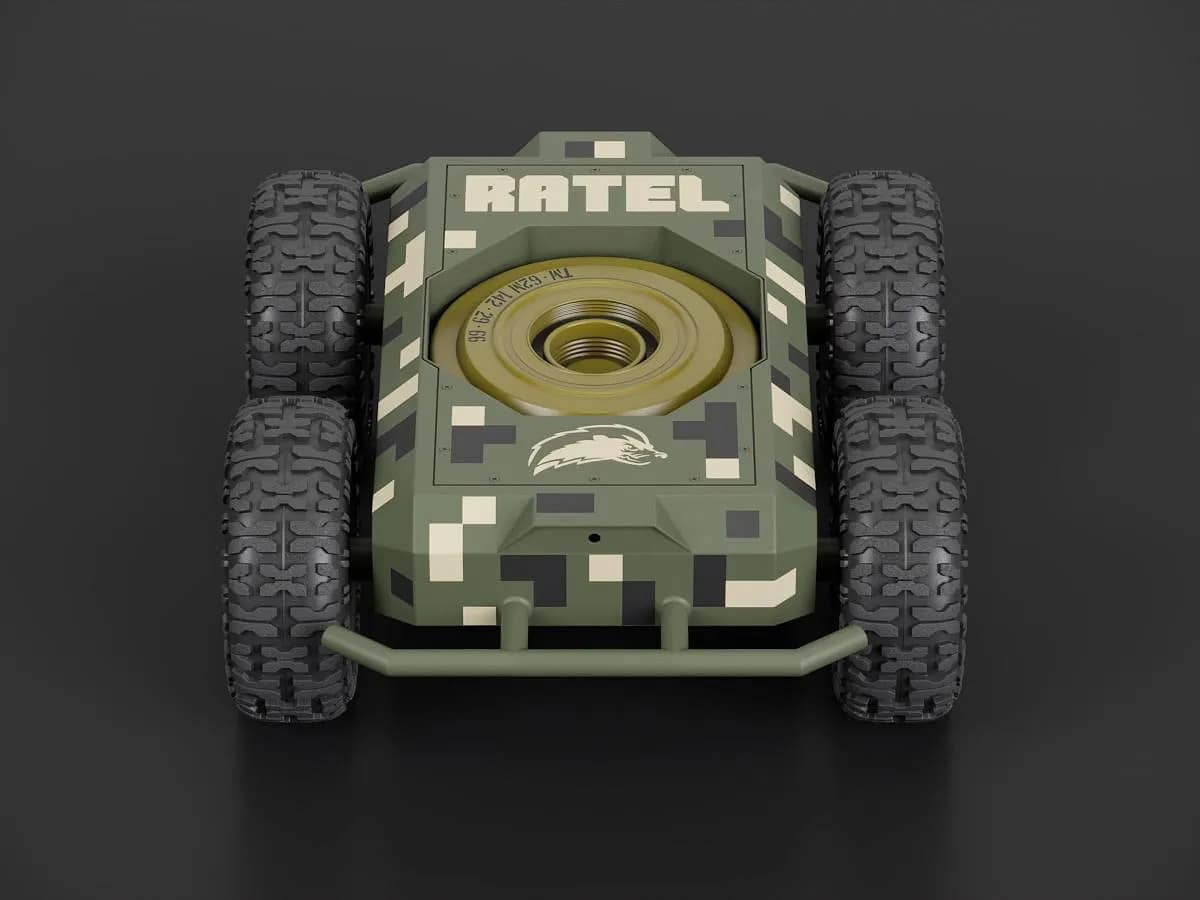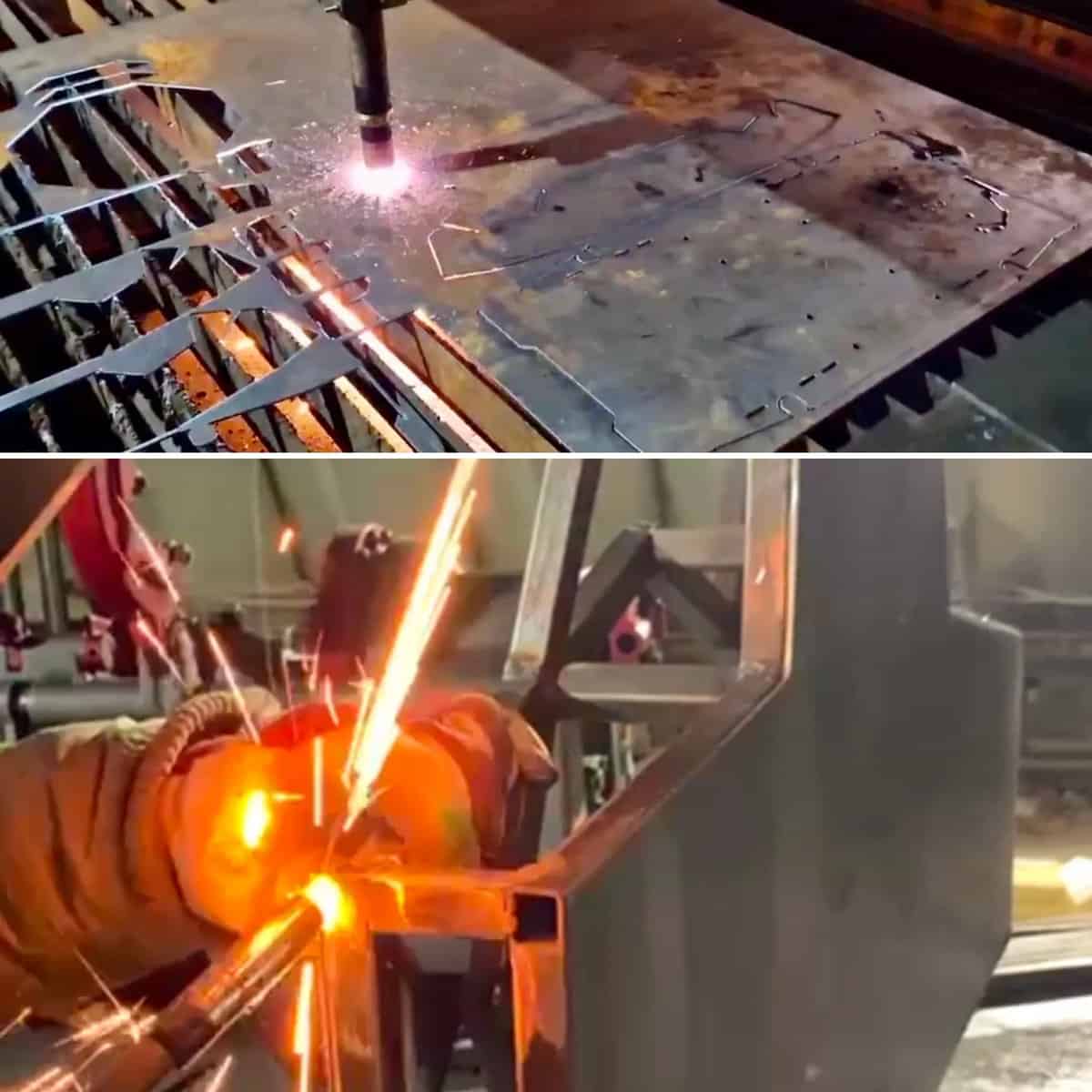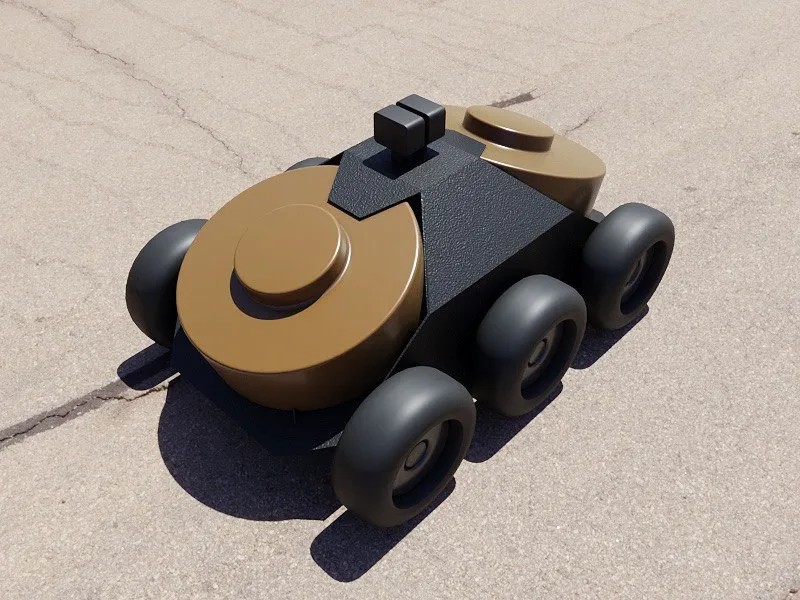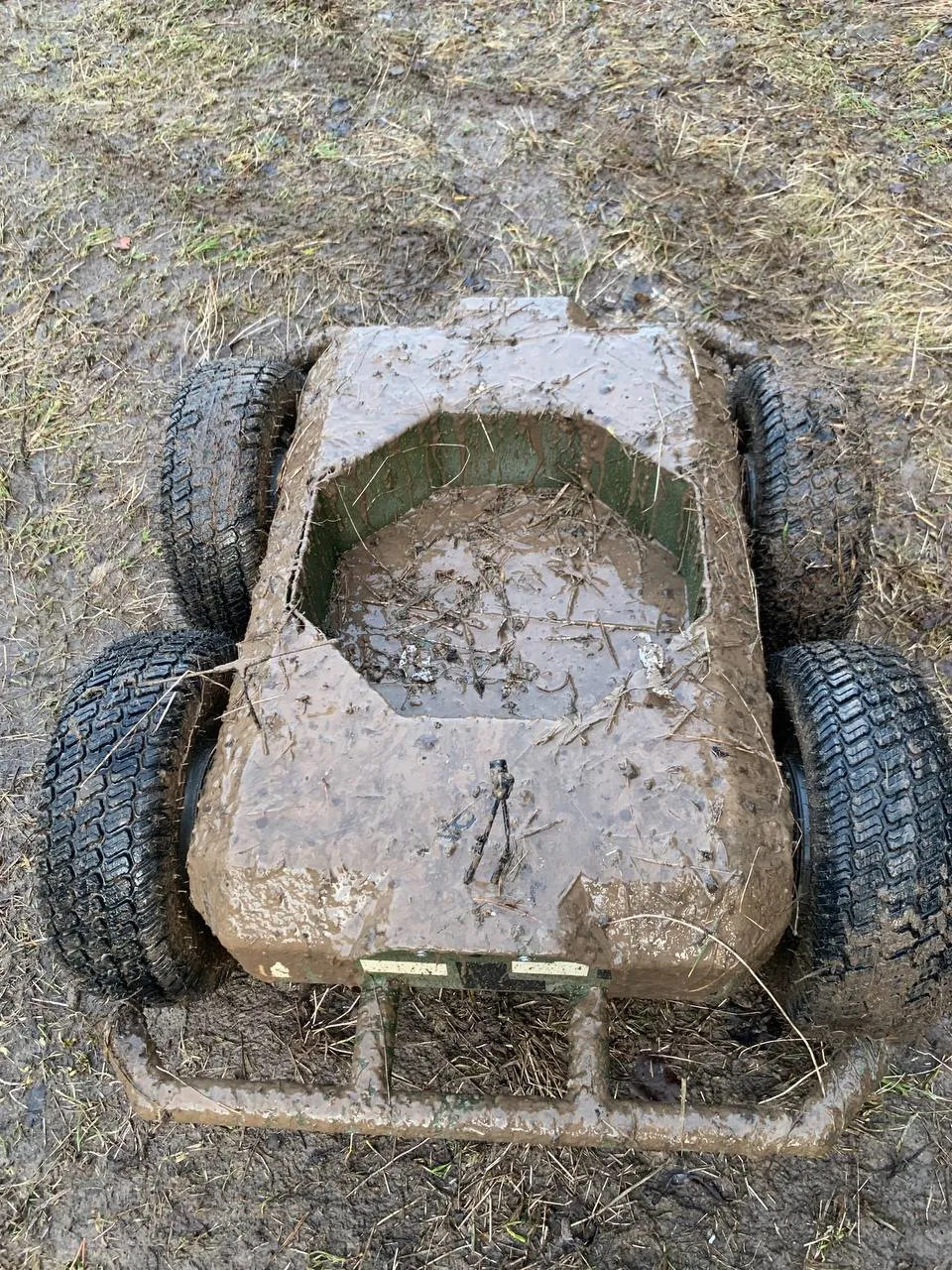Working (as volunteers) with special units, as well as with the Special Group “Alpha”, my friends and colleagues and I are focused on the purchase of FPV kamikaze drones and the support of the FPV-pilot school. During one of the feedback analysis iterations, we came to the conclusion that under a number of tasks we need to provide our operators with a ground FPV drone.
We have considered various options: from assembly on the basis of ready-made chassis, to the purchase of such a “ready-made” solution from the well-known Chinese marketplace. Honestly, we were more inclined to find something ready, because there was very little time. In search of a ready-made solution, I met scientists from a university from Latvia. The local team was making something similar for their military under the AGR8 Project, but did not bring it to the right state, unfortunately.
But who did bring the matter to completion was a team from Ukraine, who had developed several models for different purposes. I was very lucky to find and start working with the team.
So, let me introduce Ratel (Honey badger) – an unmanned ground vehicle that is capable of carrying up to 100 kg of payload at a speed of 30 km/h. The author of the project is Taras Ostapchuk, who was engaged in civil infrastructure projects before the war. Now, together with his military counterparts, he has organized the production of drones.

This drone is controlled by an operator, as is a conventional FPV-drone, that is using control equipment and goggles/monitor. Also, the control configuration may include a repeater that can be suspended on the Mavic to increase the range. Ratel is equipped with a remote detonation system.
The initial idea of creating this drone by the Ukrainian team coincides with the feedback that we have received from the units:
The first requirement needed a suitable platform, so experiments began to search for options.

The team invested not only their effort, but also their heart. So the original vision of the drone wasn’t just about power, it was about aesthetics.
Next step was a phase of intensive testing and analysis of the results. This work was carried out with the immense support of the 120th Reconnaissance Battalion of the Armed Forces of Ukraine. As a result, the chassis design was changed three times, the latest version combining the best characteristics of previous models.

I will not discuss detailed technical characteristics, for obvious reasons, but I will note that the military was satisfied after successful exams (including with the undermining of goals).

We have already transferred several units to the detachments we work with. The next batch is on the way.

The plans include the production of various modifications – reconnaissance, ammunition support, mining and others. You can read more about this in separate posts later.


Now the project is at the stage of scaling production to cover the needs of detachments in different directions of the frontline. If in the language of numbers, then the first step is the output of hundreds of units per month. Some preparation has already been made for this.
Reports on the use of this type of drone, as well as news about the development of the project (including how you can help the project) will be published on Military and on the https ://t.me/UjeeSpecOps channel.
Підтримати нас можна через:
Приват: 5169 3351 0164 7408
PayPal - paypal@mil.in.ua
Стати нашим патроном за лінком ⬇
Subscribe to our newsletter
or on ours Telegram
Thank you!!
You are subscribed to our newsletter